



Cold War Playlist Part III (1964-1989)
12 items
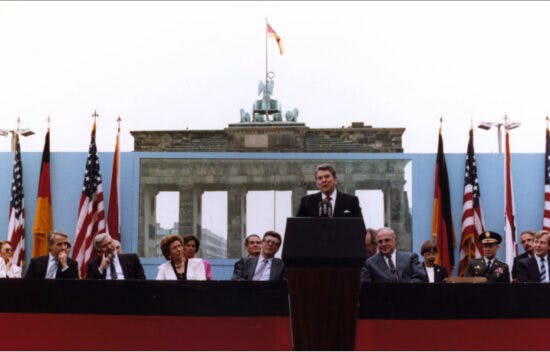
Cold War DBQ (1947-1989)
Lesson
Lesson
Use this lesson after students have read the introductory essay to introduce foreign policy milestones during Reagan's presidency. This lesson can be used with The Iran-Contra Affair Narrative; the "Tear Down This Wall" Ronald Reagan and the End of the Cold War Decision Point; and the Ronald Reagan, "Tear Down this Wall" Speech, June 12, 1987 Primary Source.
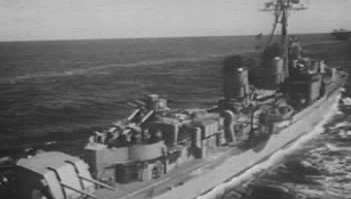
The Tonkin Gulf Resolution, 1964
Activity
Activity
40 Min
Use this primary source text to explore key historical events.
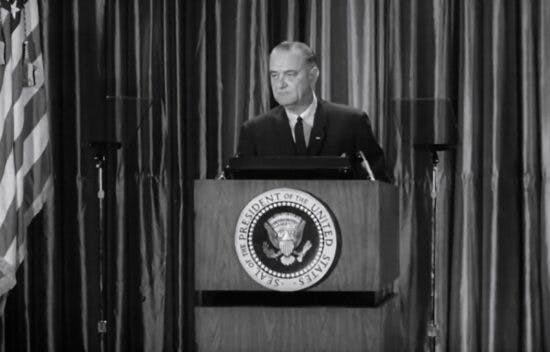
Lyndon B. Johnson, “Peace Without Conquest,” April 7, 1965
Activity
Activity
40 Min
Use this primary source text to explore key historical events.
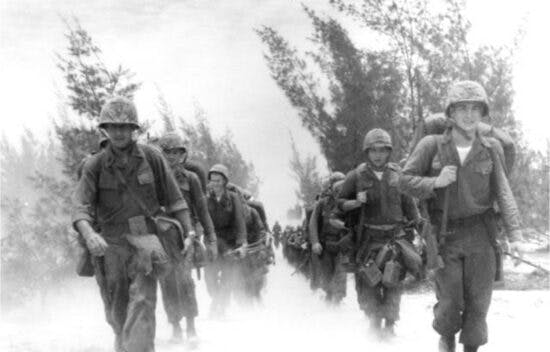
The Vietnam War: Ia Drang Valley
Essay - 2113 Words
Essay
2113 Words
What lessons did the U.S. learn after the battle of Ia Drang?
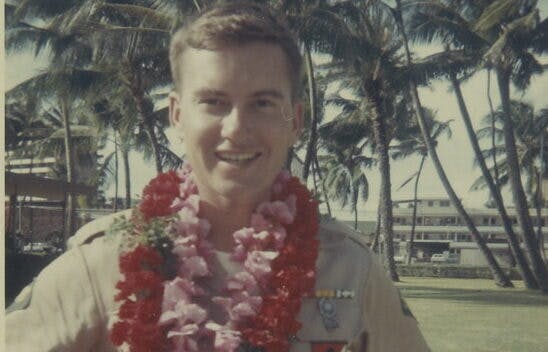
The Vietnam War Experience: An Interview with Veteran William Maxwell Barner III
Activity
Activity
40 Min
Use this primary source text to explore key historical events.
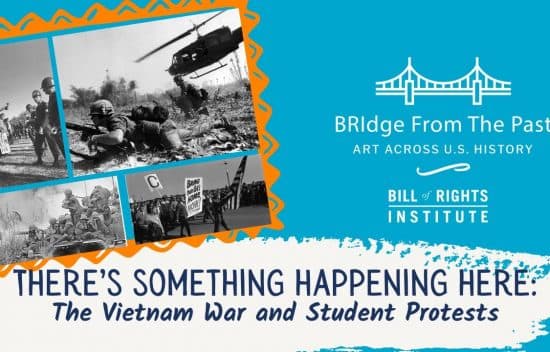
There’s Something Happening Here: The Vietnam War and Student Protests | BRIdge from the Past
Video
Video
11 Min
While the 1960s may have opened as an optimistic era, by the end of the decade, Americans were deeply divided over the U.S. involvement in the Vietnam War. In this video, Mary looks at photographs both at home and abroad, examining the lives of those who fought in the war and those that protested in the streets. What does it mean to be patriotic? To serve? To protest? Can someone do both?
11 Min
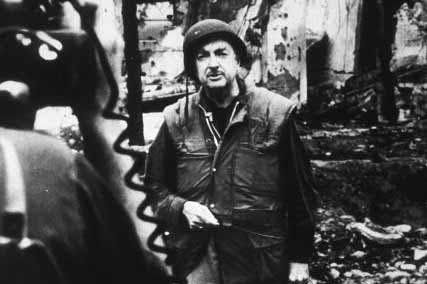
Walter Cronkite Speaks Out against Vietnam, February 27, 1968
Activity
Activity
40 Min
Use this primary source text to explore key historical events.
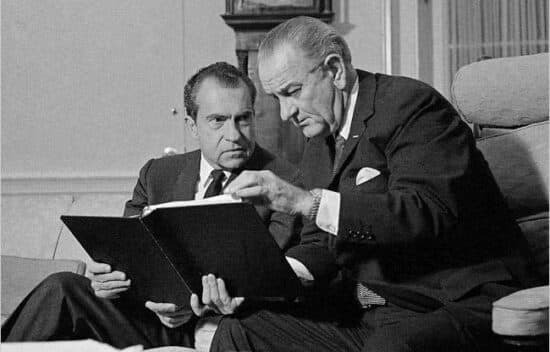
Lyndon Johnson, Richard Nixon, and the War Powers Resolution
Lesson - 5 Activities
Lesson
5 Activities
95 Min
Beginning in 1812 and for the next hundred years, US Presidents asked for and received congressional declarations of war against England, Mexico, Spain, Japan, and European powers. During the Cold War, President Harry Truman sent troops to Korea as part of a UN force without a congressional declaration of war. President John F. Kennedy sent troops to defend South Vietnam. Congress never declared war, but years later passed the Tonkin Resolution authorizing President Lyndon Johnson to use force against North Vietnam. In reaction to US involvement in Vietnam, Congress passed the War Powers Act which limited the President’s authority to commit American troops abroad without Congress’s approval. The law was passed over the veto of President Richard Nixon, who argued the law was an abridgement of the President’s authority as Commander in Chief. The Act raises the questions: How far does the President’s power as Commander in Chief extend? And, how much of that power can be limited by Congress?
95 Min
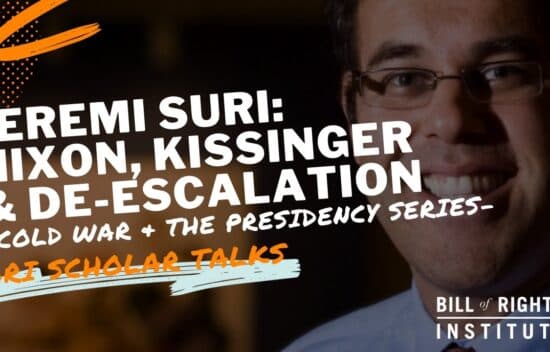
Cold War De-Escalation with Jeremi Suri | BRI Scholar Talks: Cold War & the Presidency Series #4
Video
Video
21 Min
What next paths did President Richard Nixon and Henry Kissinger forge in American Cold War foreign policy? In this Cold War & the Presidency Scholar Talk, BRI Senior Teaching Fellow Tony Williams is joined by Jeremi Suri, Professor of History and Public Affairs at The University of Texas at Austin, to discuss how Richard Nixon and Henry Kissinger subverted Congressional oversight to achieve their Cold War agenda. What was different about their approaches from those of previous administrations? Should Nixon have been able to use so much presidential power to achieve peace?
21 Min
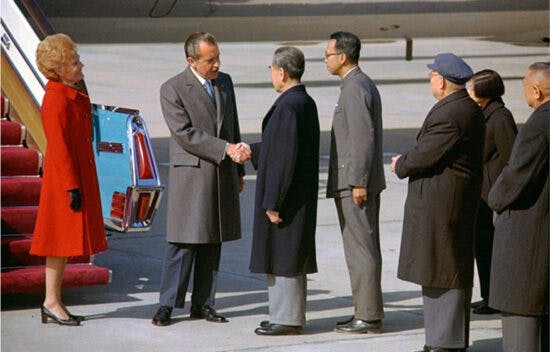
Richard Nixon Opens Diplomatic Relations with China
Essay - 2643 Words
Essay
2643 Words
Why did President Nixon visit China during the 1970s?
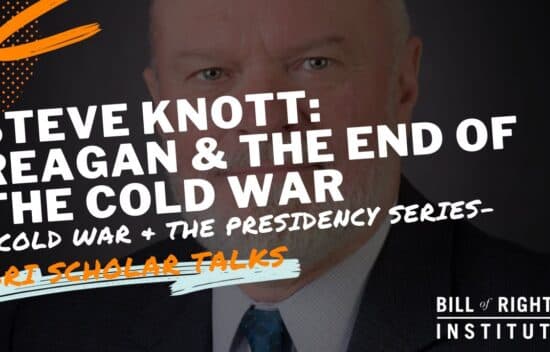
Reagan & the Cold War with Stephen Knott | BRI Scholar Talks: Cold War & the Presidency Series #5
Video
Video
17 Min
While there were a variety of factors that led to the end of the Cold War, no one can deny that Ronald Regan played a pivotal role. For the final episode of our Cold War & the Presidency Series, BRI Staff Tony Williams is joined by Stephen F. Knott, professor of National Security Affairs at the Naval War College, as they discuss Reagan's moral vision of the Soviet Union and how it shaped his practical approach to confronting the Soviets. Why did he alter the policies of past presidents like détente and the containment doctrine? What impact did Reagan’s approach to the Cold War have on the American presidency and the end of the Cold War?
17 Min
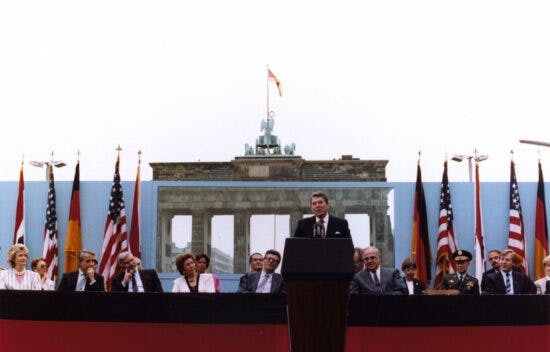
Tear Down This Wall: Ronald Reagan, the Cold War, and Responsibility
Lesson - 1 Activities
Lesson
1 Activities
45 Min
How did Ronald Reagan’s life-long commitment to ending the tyranny of communism display the virtue of responsibility?
45 Min